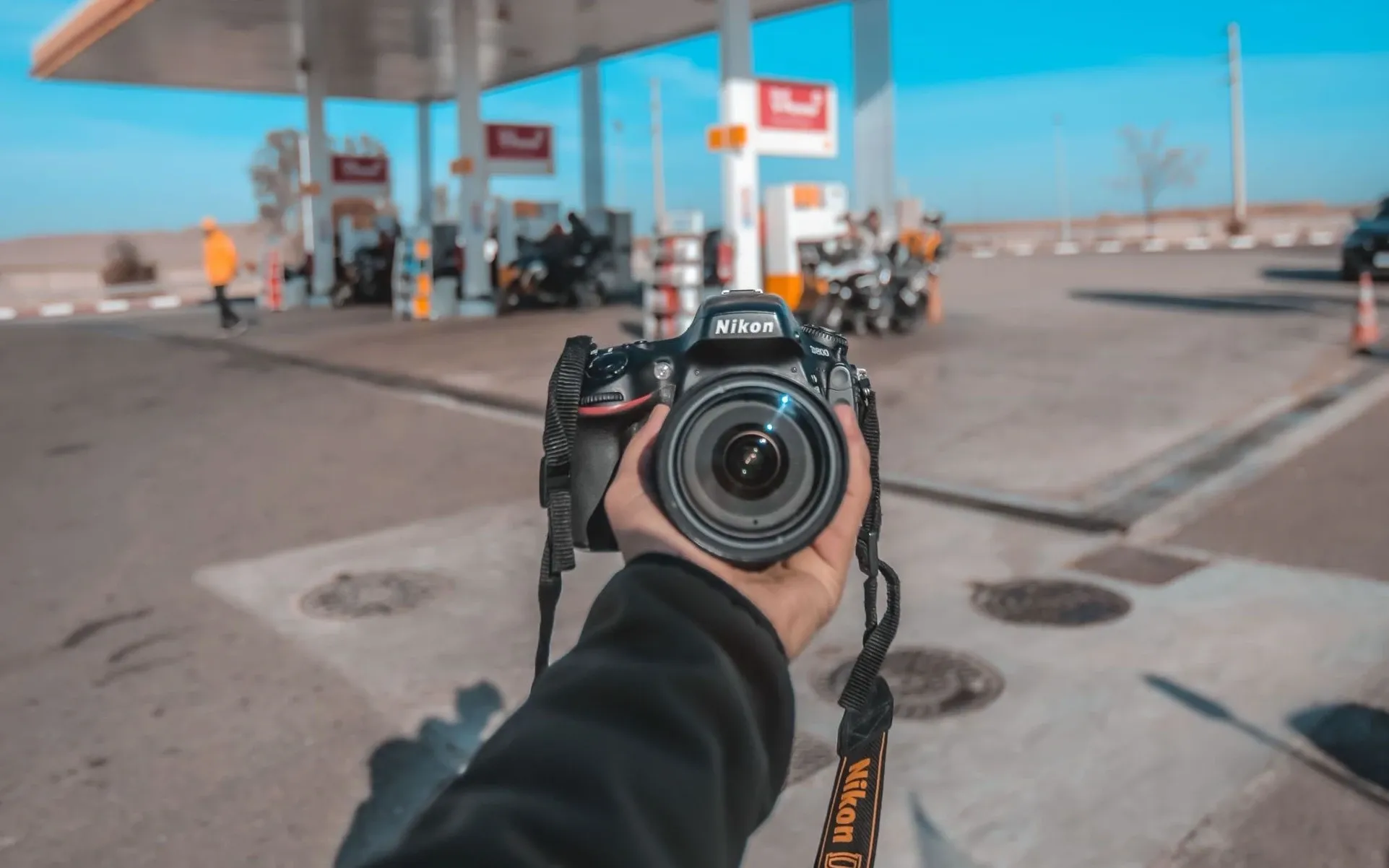5 camera transitions you need to know
Dean Rojas explains five key in-camera seamless transitions to take your filmmaking to the next level in this episode.

Dean Rojas explains five key in-camera seamless transitions to take your filmmaking to the next level in this episode.
Transitions serve a very valuable purpose in the film world. They reveal location, a meaning, give context to your story, and what Dean is describing and showcasing in this episode is specifically in-camera seamless transitions that you can use easily in your own videos. “These are super important because you don’t want to confuse your viewer, you don’t want to jar them or distract them from the piece, they’re watching one whole thing and don’t need to think about it,” Dean explains.
Pointing out popular filmmaker Edgar Wright, who is one of the “kings” of transitions, Dean points out that he creates these scenes where the cuts aren’t really visible at all and he uses this to tell a story and to tell the time, basically.
So, what are the five transitions every filmmaker needs to know about?
Whip Pan
This is exactly what it sounds like, whipping the camera whilst panning. Your two shots combining need to align, so you need to begin the whip in the same direction that you exit frame and you begin the next. Essentially, you’re disguising the cut in the motion blur. This is one of the most popular transitions.
Reveal
When passing by a subject or object, push your camera into it/them until the entire lens is black and beginning the next shot pushed all the way in and lens covered black but pulling out to reveal a new location, so the cut basically disappears and essentially you’re ultra zooming to darkness in one scene and then pulling back from that in the next.
Tilt Pan
Like the Whip Pan, except tilting from low to high and then down again with a new scene, all in one fluid and smooth movement. This adds energy and a quick, smooth pace to filmmaking.
Wiggle Reverse
Kind of a “funky” one that even Dean doesn’t really know what to call, this is where you take your camera, capture your subject and then wiggle your camera around like a crazy person. Do this for two clips and with the next one you’re actually going to reverse it in post, and then speed up both clips for a quicker effect.
YouTuber/Vlogger
Finally, one that’s used quite often in the vlogging world is simply reaching out and changing the scene. Take your hand and cover the lens - much like the Reveal transition - but this quite literally instantly changes the scene, reveals a new location, time has passed etc. etc.
These transitions can help carry your film, make you a better cinematographer. A word of caution from Dean, though, these transitions can be overused and jarring and discombobulating for the viewer. “Use them wisely and make smart decisions.”

